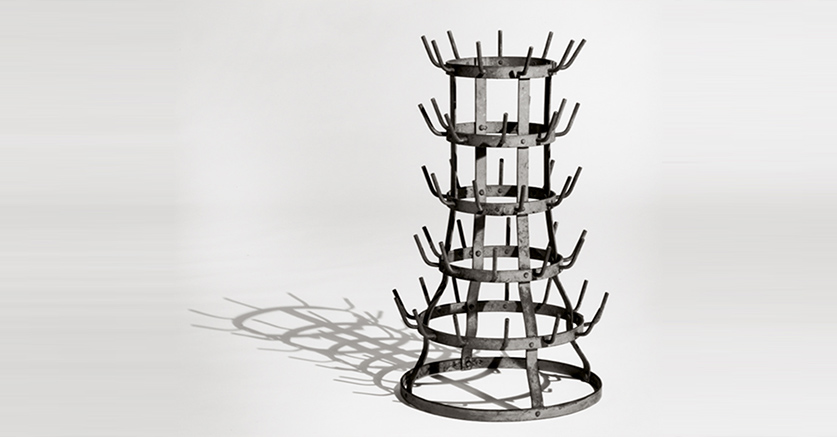
Lo scolabottiglie di Duchamp
Are you ready to explore a fascinating artistic world, where idea and thought become the main ingredients of works of art that challenge traditional conventions?
With this post, I invite you to embark on a journey through an extraordinary artistic universe, where idea, thought and reflection are the undisputed protagonists of works of art. Together we will explore the fascinating world of conceptual art, a movement that revolutionised the artistic landscape of the 20th century and continues to inspire and challenge our perceptions of creativity and artistic expression.
Are you ready to immerse yourself in this extraordinary adventure? Then get ready to discover how conceptual art changed the course of art history and how its connection with the genius Marcel Duchamp marked a fundamental turning point.
Conceptual Art: the new horizon of artistic expression and its artists
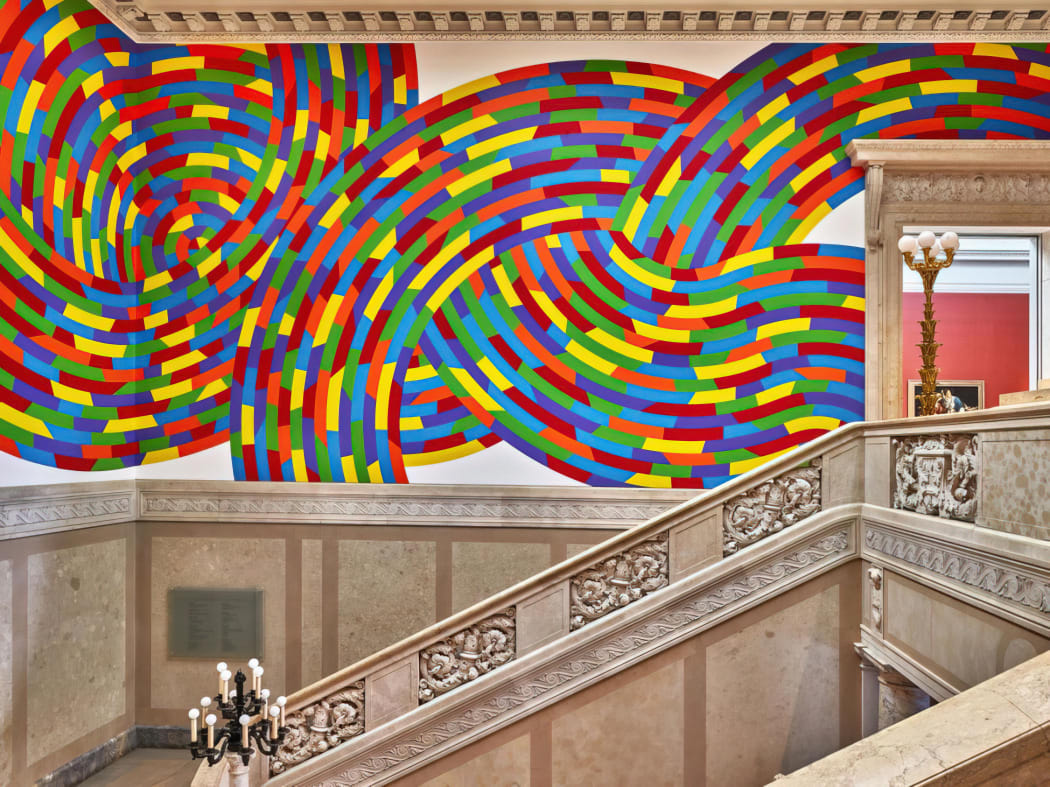
Sol Lewitt, opere
To fully understand conceptual art, I cannot begin without mentioning one of its fundamental precursors: Marcel Duchamp. This enigmatic artist left an indelible mark on the 20th century art scene and had a significant influence on the development of conceptual art.
Duchamp is known for introducing the concept of the ‘ready-made’, an idea that shook the foundations of traditional art. He transformed common objects, such as a urinal or a bottle holder, into works of art by simply declaring them as such. This practice questioned the very concept of art and challenged the idea that the artist should be the material creator of the work.
This conceptual approach, in which the thought and idea behind the work became essential, opened up new expressive possibilities that had a direct impact on later conceptual art. Duchamp demonstrated that art can be a matter of concept, of intellectual challenge, and opened the door to a new way of thinking and conceiving art, which then found its fullest expression in the conceptual art of the 1960s and beyond.
THE CHANGE IN ARTISTIC EXPRESSION
Conceptual art is much more than just an art movement. It is a genuine revolution in art practice that emerged in the second half of the 20th century. At the heart of this artistic current is the desire to move away from the formal constraints that characterised the earlier artistic tradition, such as mimesis, and embrace a thought-centred perspective.
Conceptual art emphasises that thought is the fundamental element that qualifies the idea of the work itself, while its realisation can also be entrusted to others.
THE ORIGINS OF CONCEPTUAL ART
Conceptual art found its first elements in earlier art movements such as neo Dada and Minimalism, ora Minimal Art, of the 1950s and 1960s. Artists such as Piero Manzoni, Vincenzo Agnetti, Mario Merz and Giulio Paolini were among the forerunners of this conceptual trend. They expressed themselves through the use of everyday objects within their works of art, paving the way for new artistic perspectives.
CONCEPTUAL ART ARTISTS
Among the leading figures in conceptual art, the name Sol Lewitt stands out.
This visionary artist has created a series of sculptures based on the cube, exploring a potentially infinite number of combinations, in which three-dimensional form is defined by empty volume.
Lewitt is considered one of the founders of this movement, thanks also to his writing ‘Paragraphs on Conceptual Art’, in which he clearly defined the pillars of conceptual art.
Another prominent name in conceptual art is Joseph Beuys.
His work moves between sculpture, performance and installation, and stands out for the concept of ‘social sculpture’, a process intrinsically linked to ecological, economic and political ties, accompanied by strong symbolism. His performances, such as ‘How to Explain Painting to a Dead Hare’ and ‘I Like America and America Likes Me’, were emblematic examples of his conceptual talent.
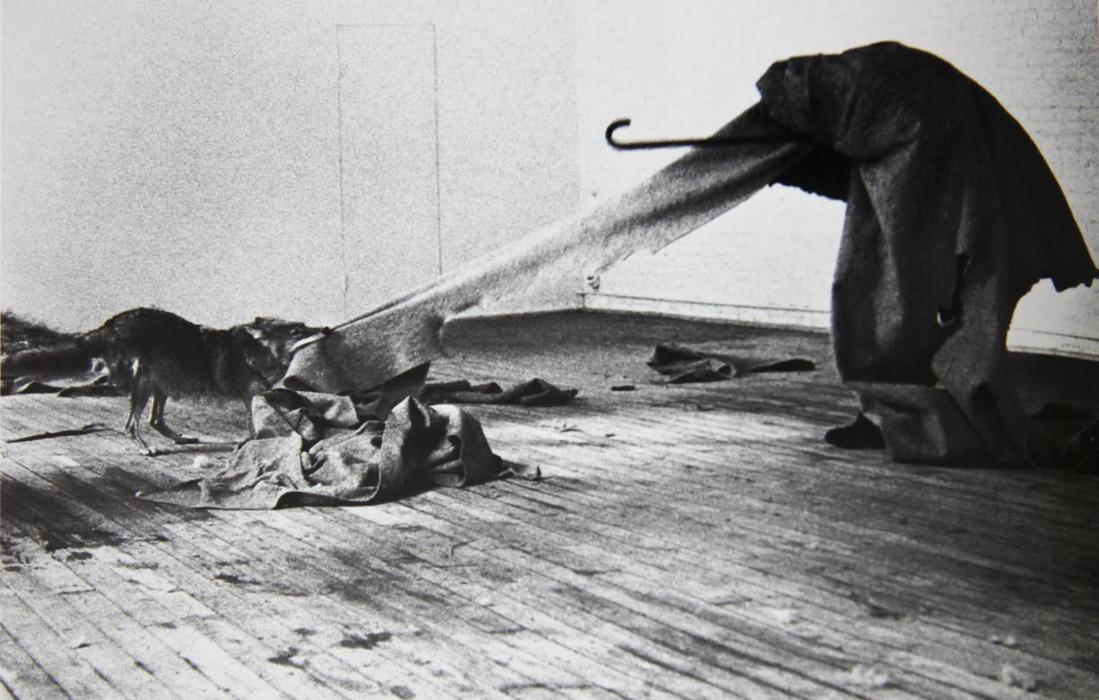
Joseph Beuys, I Like America and America likes me
Italy also has a long tradition of artists associated with conceptual art. One of the best known of these is Alighiero Boetti, who was included by Germano Celant in the first exhibition dedicated to Arte Povera in 1967.
Boetti, self-taught in the art world, explored various themes during his career, including philosophy and esotericism. His works, although belonging to Arte Povera, can be considered fully conceptual, as demonstrated by his work ‘Cimento dell’armonia e dell’invenzione’, in which he transfers a mental process onto square sheets through signs and symbols.
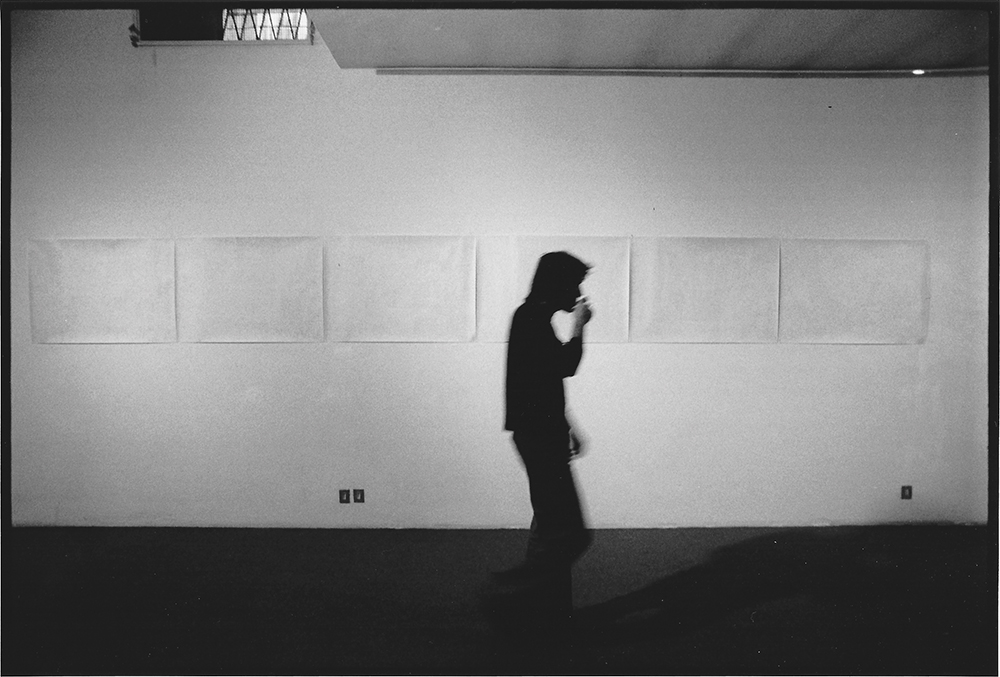
Alighiero Boetti, Cimento dell’armonia e dell’invenzione
Among the protagonists of Californian conceptual art, John Baldessari stands out for his versatility. Moving between photography, painting, architecture and performance, he has been able to amaze the public with daring and provocative projects. One example is his “The Cremation Project”, in which in 1970 he burnt all his works made in the 1950s and 1960s, using part of the ashes to bake biscuits exhibited at MoMA during an exhibition on conceptual art called “Information”.
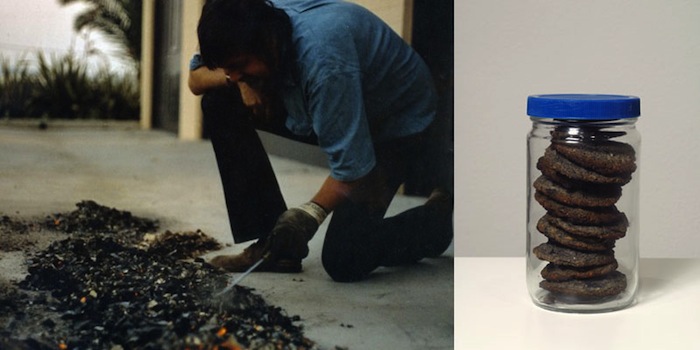
John Baldessari, The Cremation Project
Conceptual art represents an incredible revolution in the artistic landscape, giving voice to the power of thought and opening up new horizons for interaction between artist and viewer.
The works of its protagonists, from Sol Lewitt to Joseph Beuys, from Alighiero Boetti to John Baldessari, continue to stimulate our minds and challenge the boundaries of creativity. Exploring the world of conceptual art is a fascinating and engaging experience, and shows us how art can be an extraordinary medium for expressing ideas, emotions and concepts without limits.

